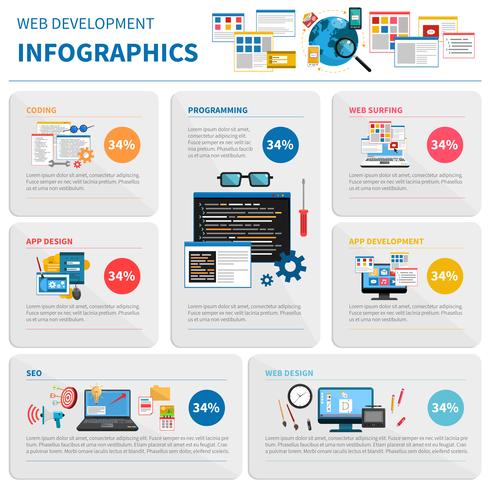Website Design: Enhancing User Experience For Better Conversions
Website Design: Enhancing User Experience For Better Conversions
Blog Article
Content By-Lamont Roberson
Have you ever went to a website that took for life to tons, had a confusing navigating system, or really did not present properly on your mobile phone? Possibilities are, you swiftly abandoned that site and went on to one that offered a much better customer experience.
In today's affordable on the internet landscape, it's vital for services to prioritize web design that boosts individual experience in order to drive far better conversions. In this conversation, we will certainly explore the value of receptive layout, the usage of intuitive navigation, and the optimization of page tons rate to produce a smooth and appealing user journey.
Keep tuned to discover exactly how mouse click the next article can considerably affect your site's success.
Relevance of Responsive Layout
Responsive style is crucial in today's electronic landscape for creating sites that adjust seamlessly to different screen dimensions and devices. When best search engine marketing is receptive, it instantly readjusts its format and content to fit any gadget, whether it's a smartphone, tablet, or desktop computer. This is essential because increasingly more individuals are accessing the internet via their mobile phones.
If your web site isn't responsive, it can cause an inadequate individual experience. Customers might need to pinch and zoom to check out content, switches might be too tiny to click on, and images may not be maximized for smaller sized displays. This can discourage users and lead to high bounce prices and low conversions.
Utilizing Intuitive Navigation
When developing a responsive website, it's important to focus on using intuitive navigating for a boosted user experience.
Instinctive navigating refers to organizing your web site's food selection and navigating aspects in a logical and user-friendly means. By doing so, you make it easier for site visitors to find what they're looking for and navigate with your site easily.
Intuitive navigating helps in reducing complication and frustration, eventually leading to much better individual engagement and enhanced conversions.
To attain user-friendly navigation, think about utilizing clear and detailed labels for your menu items, implementing a regular layout across all web pages, and integrating search capability for quick access to specific material. In addition, it's vital to focus on crucial pages and information, ensuring they're plainly shown and conveniently obtainable.
Optimizing Page Load Speed
To improve user experience, it's essential to optimize the web page load rate of your website. Slow filling times can annoy individuals and bring about higher bounce rates.
Luckily, there are numerous methods you can carry out to improve your website's lots speed. To start with, think about reducing the size of your images by pressing them without compromising top quality.
Additionally, enhance your code by lowering unneeded manuscripts and CSS data. Another effective technique is to take advantage of web browser caching, which enables certain components of your internet site to be kept in your area, decreasing tons times for returning site visitors.
In visit the following web page , consider using a web content shipment network (CDN) to distribute your web site's documents across numerous servers, enhancing lots rate for users in various geographical areas.
Final thought
In conclusion, by employing receptive design, intuitive navigation, and enhancing web page load rate, web designs can considerably improve user experience and drive much better conversions.
With an user-friendly interface, very easy navigating, and quick filling times, web sites can capture and keep the attention of individuals, causing increased involvement and greater conversion rates.
So, do not delay in applying these web design techniques to ensure a smooth and effective individual experience!
